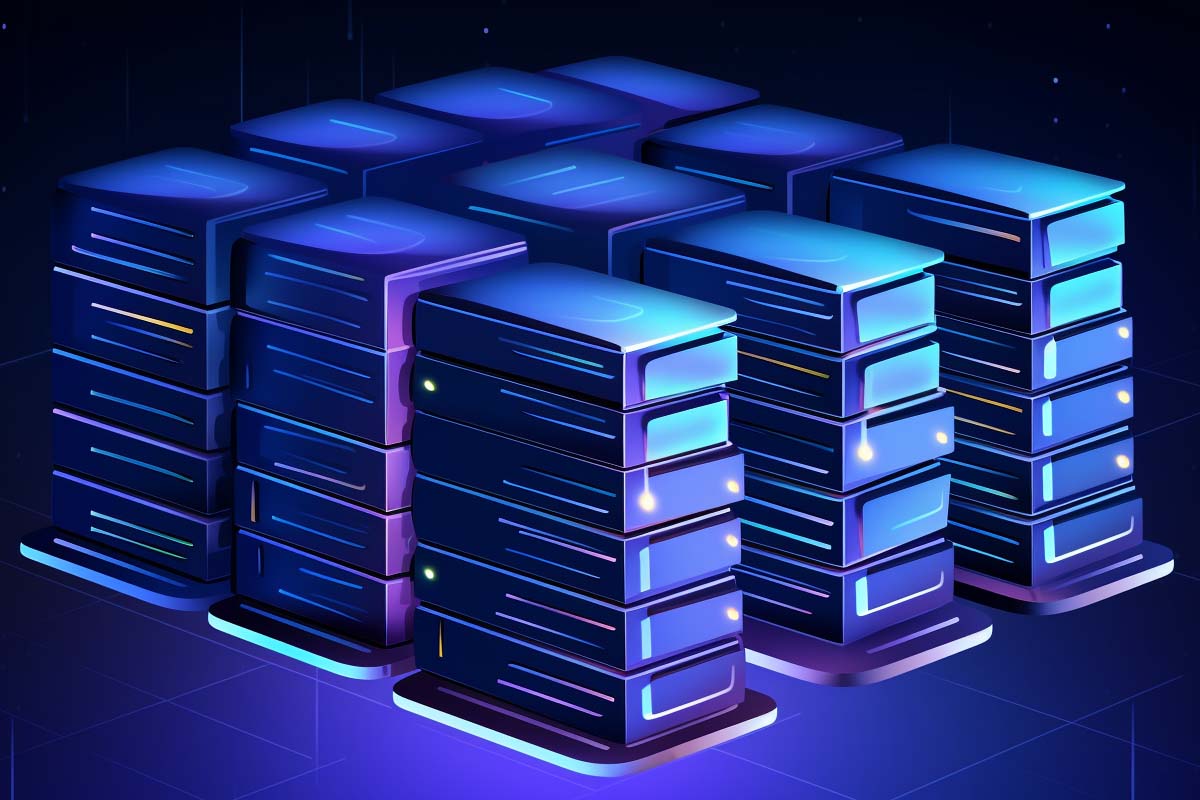Introduction to Log File Analysis
Delving into the intricate world of IT and network security, the significance of analysing a log file emerges as a cornerstone for maintaining system integrity and security. This guide is tailored to deepen your understanding of NTP time synchronization, review techniques for log files, and shed light on the various logging levels. These aspects are crucial for practical applications, including IT exam preparation and ensuring robust network security.
The Essence of NTP Time Synchronization
- Fundamentals of NTP: The Network Time Protocol (NTP) is instrumental in ensuring that the time across various devices in a network is synchronized. This protocol predominantly uses UDP port 123 for server communications. However, it’s also pertinent to acknowledge the use of port 1023 for client-side interactions.
- Real-world Impact: Imagine a network with multiple servers each showing a different time. This disparity can lead to significant challenges in event correlation, especially in security incident analysis. Synchronized time stamps are vital for accuracy in network event logging.
- Historical Context: Reflecting on the late 1990s, it was common for organizations to overlook the importance of time synchronization, leading to discrepancies in log files and complicating security audits and troubleshooting.
Why Time Synchronization Matters
- Audit and Investigation: Accurate time stamps are the backbone of reliable log management. They ensure that when you compare logs from different servers, the events align chronologically. This alignment is crucial, especially in incident response scenarios where pinpointing the exact time of an incident is key to understanding its scope.
- Case Example: Consider a security breach scenario. If all your servers are synchronized time-wise, it becomes significantly easier to trace the breach’s progression across the network, aiding in quicker resolution and mitigation.
The Art of Reviewing Log Files
- Clues in Logs: Logs are filled with valuable information like IP addresses, timestamps, user activities, and system alerts. These pieces of information are critical in piecing together the story of what happened during a particular event.
- Balancing Act: There’s a delicate balance in log management:
- Overlogging can lead to voluminous data, making it challenging to extract meaningful insights and increasing storage costs.
- Underlogging, on the other hand, may leave significant gaps in data, hindering effective incident analysis and potentially leading to compliance issues.
Understanding Logging Levels
- Severity Classification: Logs are categorized based on the severity of the events they record. For example:
- Informational Logs: Record routine operations like user logins or system updates.
- Error Logs: Highlight critical issues like service outages or application failures. These logs are pivotal in troubleshooting and identifying system malfunctions.
- Real-Life Scenarios:
- An informational log might detail a user accessing the network remotely, which is normal and expected.
- Conversely, an error log indicating DNS service failure signals a potential security threat, requiring immediate attention.
SIEM Tools: The Aggregators of Logs
- Function of SIEM: Security Information and Event Management (SIEM) tools like Splunk, LogRhythm, and QRadar aggregate logs from different sources, offering a unified platform for analysis.
- Benefits of SIEM:
- Centralized Monitoring: Provides a single pane of glass view of the entire network’s security posture.
- Quick Response: Enables faster identification and reaction to security incidents.
Small-Scale Solutions: EDR Systems
- EDR in Action: In smaller settings, Endpoint Detection and Response (EDR) systems like Falcon or Trend Micro XDR focus on individual endpoints. They offer insights and alerts for anomalies or policy violations at the device level.
- Use Case: EDR systems are ideal for organizations with fewer servers, as they provide comprehensive endpoint monitoring without the need for large-scale SIEM deployments.
Preparing for Exams: Key Takeaways
- Exam Focus: Understanding the basics of NTP, time synchronization’s purpose, and the functionality of SIEM and EDR tools is crucial for IT exams.
- Logging Level Insights: Recognize the importance of different logging levels, from informational to fatal, and their implications in a real-world IT environment.
Conclusion
Grasping the concepts of log files, NTP time synchronization, and logging levels is essential in the IT and network security domain. These principles are not just theoretical; they are fundamental to the integrity and security of your network. As you progress in your IT journey, whether for exam preparation or practical applications, these insights will prove invaluable.
Key Term Knowledge Base: Key Terms Related to Mastering Log File Analysis: NTP Time Synchronization and Logging Levels Explained
Log file analysis, particularly in the context of NTP time synchronization and logging levels, is a critical skill in network management and cybersecurity. It involves understanding various concepts and terminologies related to how log files are generated, maintained, and interpreted. These key terms not only help in understanding the technical aspects but also aid in effective problem-solving and decision-making. Proficiency in these terms is essential for professionals dealing with network administration, system security, and data management.
| Term | Definition |
|---|---|
| Log File | A file that records events that occur in an operating system or software application. |
| NTP (Network Time Protocol) | A networking protocol for clock synchronization between computer systems over packet-switched, variable-latency data networks. |
| Time Synchronization | The process of coordinating the time settings across different systems in a network. |
| Logging Levels | Predefined categories for classifying the severity or importance of logged information (e.g., DEBUG, INFO, WARN, ERROR). |
| Syslog | A standard for message logging, widely used for system management and security auditing. |
| Timestamp | A sequence of characters or encoded information identifying when a certain event occurred, usually giving date and time of day. |
| UTC (Coordinated Universal Time) | The primary time standard by which the world regulates clocks and time. |
| Stratum Levels | In NTP, these levels define the distance from the reference clock and are used to prevent cycles in the synchronization topology. |
| Log Rotation | The process of archiving old log files and creating new ones to manage file sizes and preserve data. |
| Log Parser | A tool or software that helps in extracting information from log files for analysis. |
| Log Aggregation | The practice of collecting logs from multiple sources and consolidating them for easier analysis. |
| Debugging | The process of identifying and removing errors from computer hardware or software. |
| Event Log | A log file that records significant events within an operating system or software application. |
| Audit Trail | A record that shows who has accessed a computer system and what operations they have performed during a given period. |
| SNMP (Simple Network Management Protocol) | A protocol used for collecting and organizing information about managed devices on IP networks. |
| Daemon | A computer program that runs as a background process, rather than being under the direct control of an interactive user. |
| Log Analytics | The process of analyzing log files to extract meaningful information. |
| Time Drift | The gradual desynchronization of a system’s clock from the correct time. |
| Log Management | The collective processes and policies used to administer and facilitate log data. |
| Severity Level | A classification in logging that indicates the seriousness of an event or entry. |
This list provides a foundational understanding of terms crucial to mastering log file analysis in the context of NTP time synchronization and logging levels.
NTP Time Synchronization and Logging Levels : FAQ
What is NTP time synchronization, and why is it important for log file analysis?
NTP (Network Time Protocol) time synchronization ensures that the clocks of all the devices in a network are synchronized. It is crucial for log file analysis because it ensures that timestamps in logs from different sources are consistent, making it easier to correlate events and identify issues. Without accurate time synchronization, diagnosing problems and understanding the sequence of events across a distributed system can become challenging.
How does NTP time synchronization work?
NTP time synchronization works by selecting a primary time source, often an internet-based time server that is synchronized with a highly accurate clock, such as an atomic clock. Devices on the network then use the NTP protocol to adjust their clocks to match the time reported by the primary time source. This process may involve several layers of time servers to distribute the load and ensure scalability and reliability of timekeeping across the network.
What are logging levels, and how do they impact log file analysis?
Logging levels are used to categorize the importance and type of information logged by an application. Common logging levels include DEBUG, INFO, WARNING, ERROR, and CRITICAL. These levels help in filtering and prioritizing log data for analysis. For instance, ERROR and CRITICAL logs are crucial for identifying issues that need immediate attention, while DEBUG logs are useful for in-depth troubleshooting. Proper use of logging levels makes log file analysis more efficient by highlighting significant events and reducing noise in the logs.
How can I configure NTP time synchronization on my devices?
Configuring NTP time synchronization typically involves specifying one or more NTP servers in your device’s network settings. Many operating systems, including Windows, Linux, and macOS, come with NTP support built-in and provide utilities or configuration files to manage NTP settings. The exact steps can vary depending on the operating system and version, so it’s advisable to consult the documentation specific to your system for detailed instructions.
Why is it important to adjust logging levels, and how can it be done?
Adjusting logging levels is important to ensure that the logs capture the right amount of detail for effective analysis. Too much information, especially at lower levels like DEBUG, can overwhelm the log files with irrelevant data, making it hard to spot critical issues. Conversely, setting the levels too high might result in missing valuable context. Logging levels can be adjusted through application settings, configuration files, or directly in the code. The method depends on the logging framework and the application being used. It’s important to find a balance that captures necessary details for troubleshooting without cluttering the logs with excessive data.
























